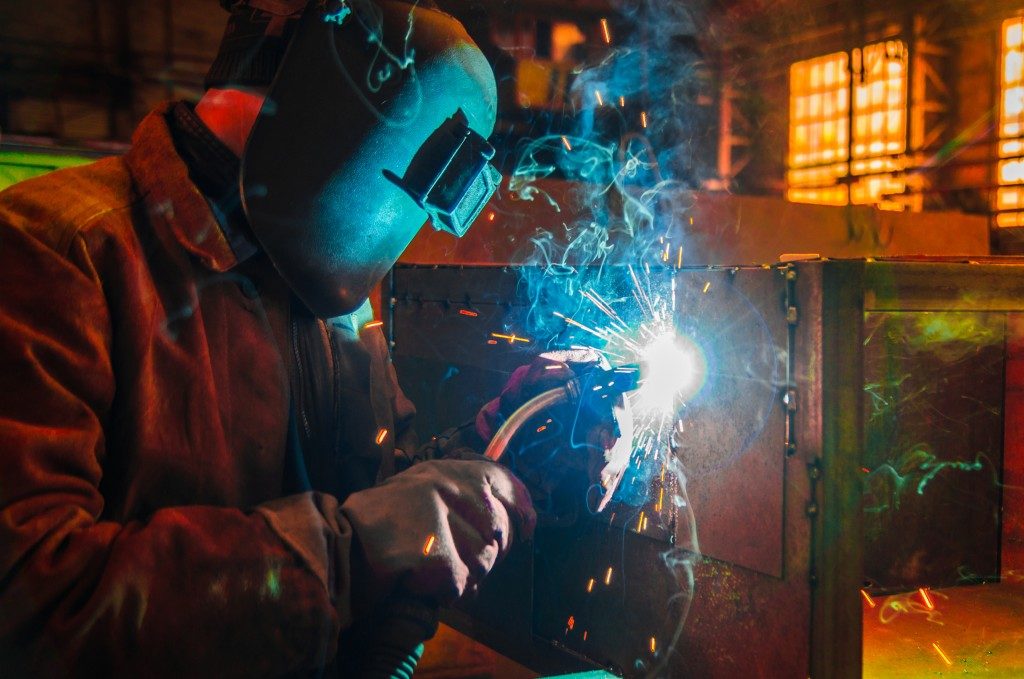Welders are most efficient when working under the right conditions. To increase productivity and better quality of work, they need to have the proper tools and a safe work environment – which includes clear standard operating procedures and functional welding safety gear. Common items include welders’ visors, hoods, aprons, safety chaps, gloves and ear protectors. Although it may be tempting to cut corners when investing in safety equipment, doing so increases the risk of serious injuries.
A welding helmet is one of the fundamental items of safety equipment for welders in Australia. With so many types available, making the right choice can be tricky. Considering the following factors will help your final decision:
Compliance
When looking for welding helmets, it’s crucial to look for gear that meets Australian Safety Standards. Take care not to purchase sub-standard items. Relevant information should be located in the packaging of the helmet and on the website of the manufacturer. Check the helmet complies with the government requirements.
Lens Shade
The lens of welding helmets comes in two main types: passive and auto-darkening.
Passive lenses are considered the traditional type and come in only one shade of UV-coated dark-tinted glass. They cost less than auto-darkening lenses and provide adequate protection for welders, but tend to cause discomfort when worn for long periods. Before striking the arc, the welders often jolt their neck to flip the helmet into the proper position, which may lead to neck strain.
Auto-darkening lenses, though more expensive, are becoming increasingly popular. Welders can see clearly while the helmet is down, so they can set up to weld a joint with the hood in position. The sensors automatically adjust the darkness of the lens once welding starts, minimising the need to stop work to readjust the helmet.
The nature of the welding task determines which lens shade you’ll use. If you’re using the same procedure or welding the same material, a passive lens is suitable. For jobs involving multiple processes, an auto-darkening lens is better.
Weight
Choosing your helmet’s weight depends on a combination of several factors, such as the nature of the welding project and the length of the job. If you’ll be welding for several hours a day, a lighter weight helmet minimises neck strain and fatigue.
Viewing Area Size
The welding task becomes easier if you have a better view of the material. Look for a helmet with a large viewing area and high-quality optics that allow you to see contours and edges when welding and setting up. A clearer view of your weld pool gives you more precision.
Personal Preference

Although welding helmets are designed for protection, several brands allow workers’ personalities to shine through. Today’s models come in a variety of colours, patterns and designs. Some manufacturers provide decals for welders to customise their headgear.
Regardless of your budget and circumstances, you’ll find a wide range of welding helmets available from suppliers. Avoiding the choice of a misfit justifies the time and effort spent in finding the right helmet.

